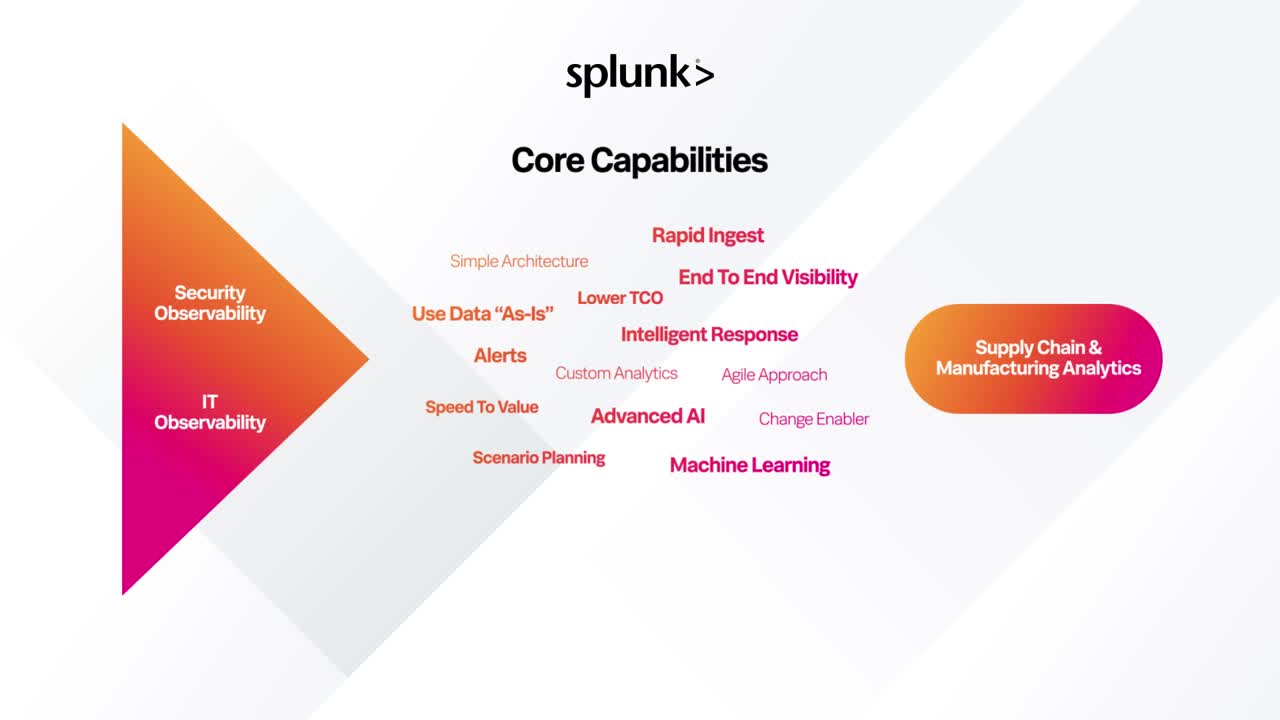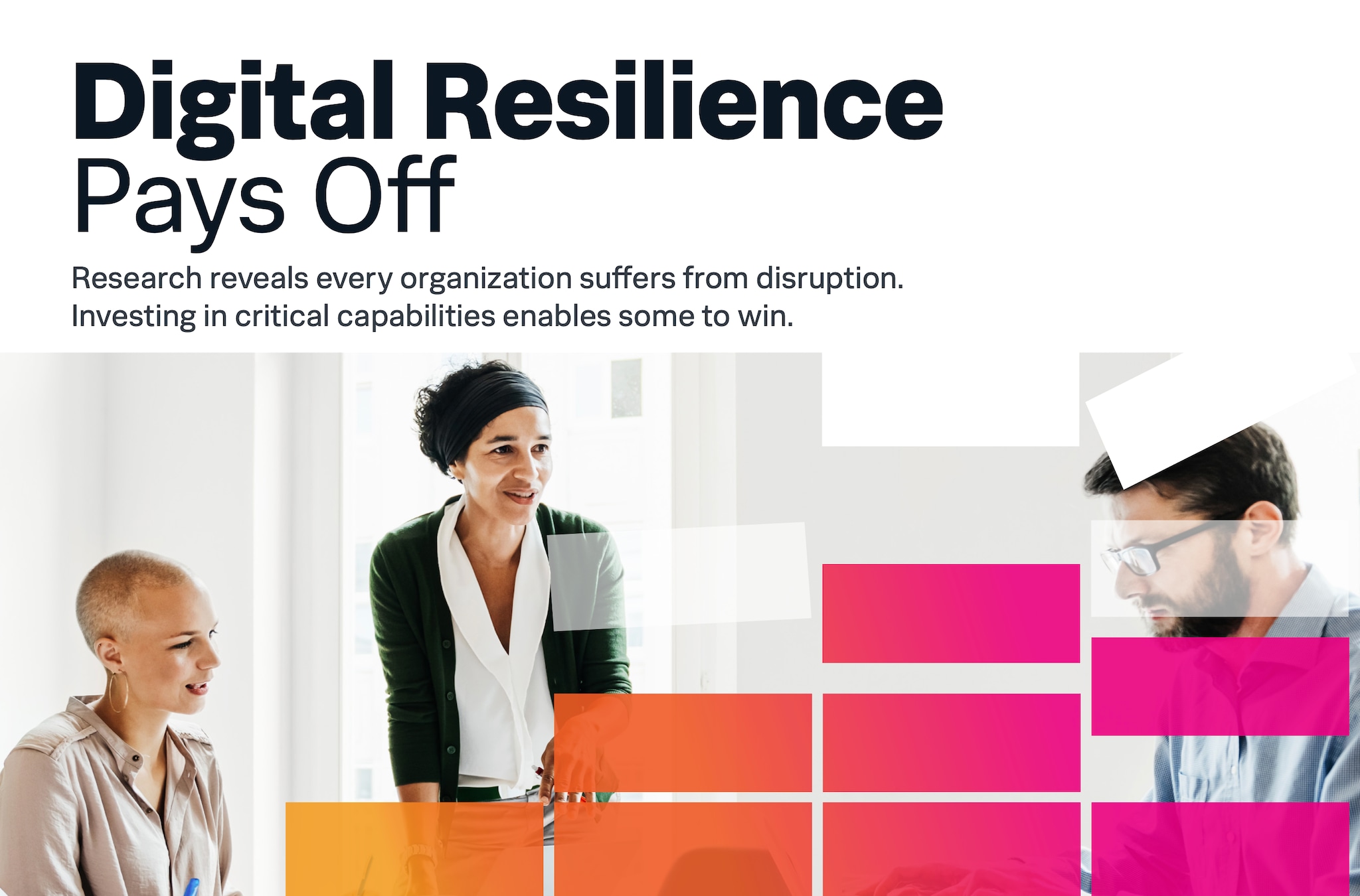The Devil’s in the Data

The pandemic highlighted the fragility of the global supply chain ecosystem. Now every company is striving to ensure they will never be crippled by unforeseen supply chain issues. Mentions of “supply chain” in US SEC-filed annual reports more than doubled from 2019 to 2021 to nearly 5,000 as chief supply chain officers were reluctantly escorted into boardroom discussions to explain the business risk to their company. As a result the global Supply Chain Analytics Market size is projected to grow from USD $5.2B to USD 13.5B from 2022 - 2027, growing at a CAGR of 21%. The challenge is in the details of how companies pursue their supply chain fix.
Take it from Gartner®:
According to a recent Gartner Press Release, “Gartner predicts 95% of companies will have failed to enable end to end resiliency in their supply chains by 2026.”
Gartner’s analysis indicates that few companies have accepted the necessary paradigm shift from being forecast-driven, and primarily focused on accuracy, to instead focusing on managing uncertainty in their supply chains. “Until this occurs and technology providers align solutions specifically for achieving resiliency, rather than simply increasing decision speed or digitizing the supply chain, true E2E resiliency across most organizations’ supply chains will remain elusive,” according to the report author.1

To summarize, building a solution to a specific problem is not the answer. Building a flexible, data driven solution focused on adaptability and automated crisis response is critical to both operational efficiency and E2E supply chain resilience.
A Supply Chain is “an entire system of producing and delivering a product or service, from sourcing the raw materials to the final delivery of the product or service to end users.” And according to Accenture, Supply chain network resilience is about managing and adapting to the unknown across the whole spectrum of risk—from day-to-day operational risks through to catastrophic supply chain network disruptions.
A new e-book co-authored by Accenture and Splunk – “Strengthen Your Supply Chain with Data Innovation” – provides a comprehensive overview of how data innovation can accelerate a business journey toward end to end visibility and resiliency for your supply chain operations.
As noted in the e-book, “No matter where your data lives or how complex your system is, Splunk and Accenture give businesses a path to supply chain resilience. Splunk for Supply Chain leverages the same core capabilities that power our security and IT observability solutions, harnessing end-to-end visibility from a streaming data hub that can redefine the way your organization tackles complex supply chain problems.”
A streaming data platform is the first place to start to increase your chances to be in the 5% of end to end supply chain resilient companies by 2026.
Want to learn more? There are several options for you to investigate how a data driven approach can increase supply chain success for your company. Join the Accenture presentation at .conf23 this year hosted by Matthew Widdowson and Quentin Jones, entitled Expand your Data Universe to the Edge: A Supply Chain Saga. Or register here to learn all about Building a Resilient Supply Chain with Splunk and Accenture on August 8, 2023, hosted by TechTarget. Additionally, you can download the Accenture solution guide and e-book, “Strengthen Your Supply Chain With Data Innovation” now.
[1] Source: Gartner Press Release, “Gartner Predicts 95% of Companies Will Have Failed to Enable End-to-End Resiliency in Their Supply Chains by 2026”; 31 January 2023.
GARTNER is a registered trademark and service mark of Gartner, Inc. and/or its affiliates in the U.S. and internationally and is used herein with permission. All rights reserved.
Related Articles
About Splunk
The world’s leading organizations rely on Splunk, a Cisco company, to continuously strengthen digital resilience with our unified security and observability platform, powered by industry-leading AI.
Our customers trust Splunk’s award-winning security and observability solutions to secure and improve the reliability of their complex digital environments, at any scale.




